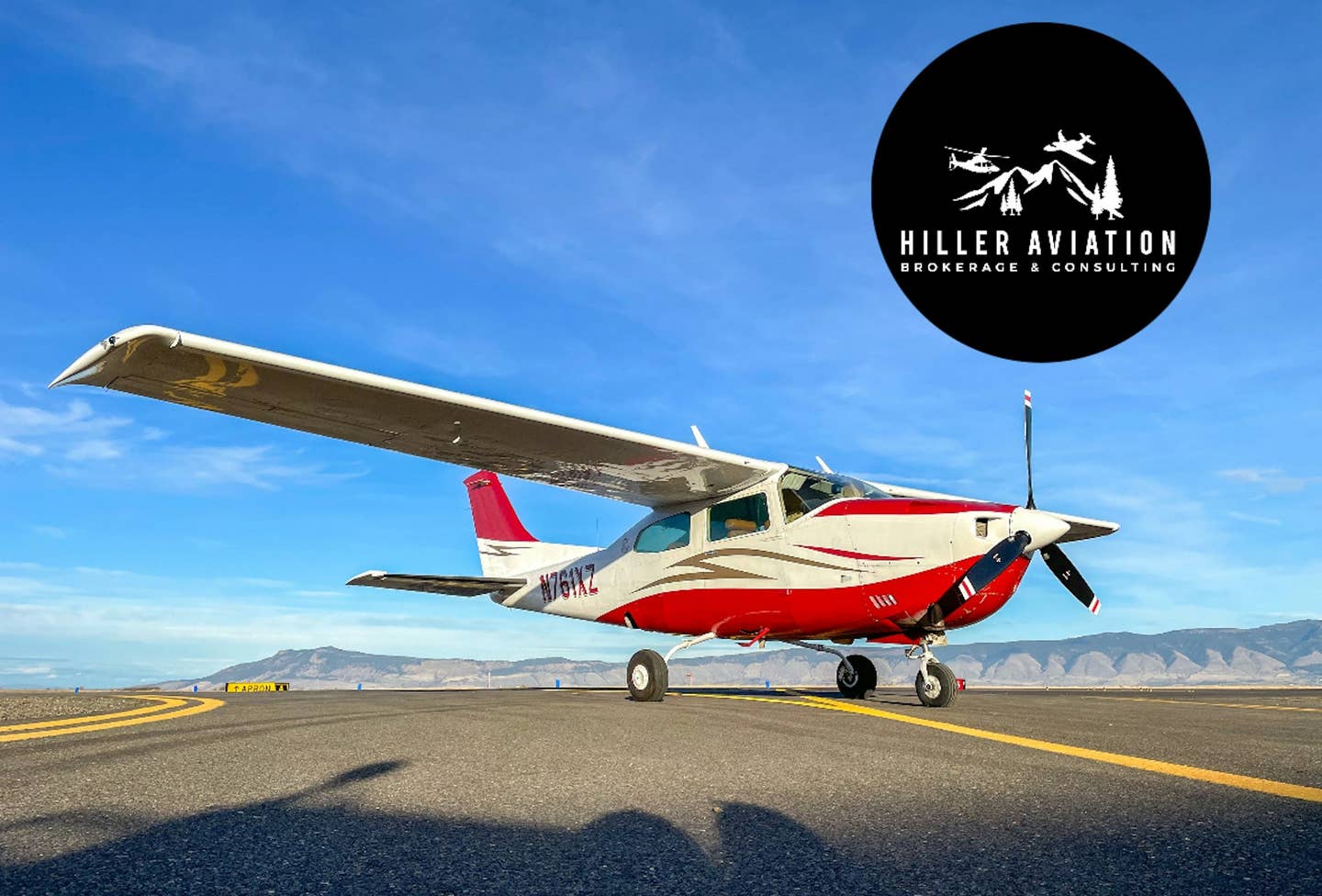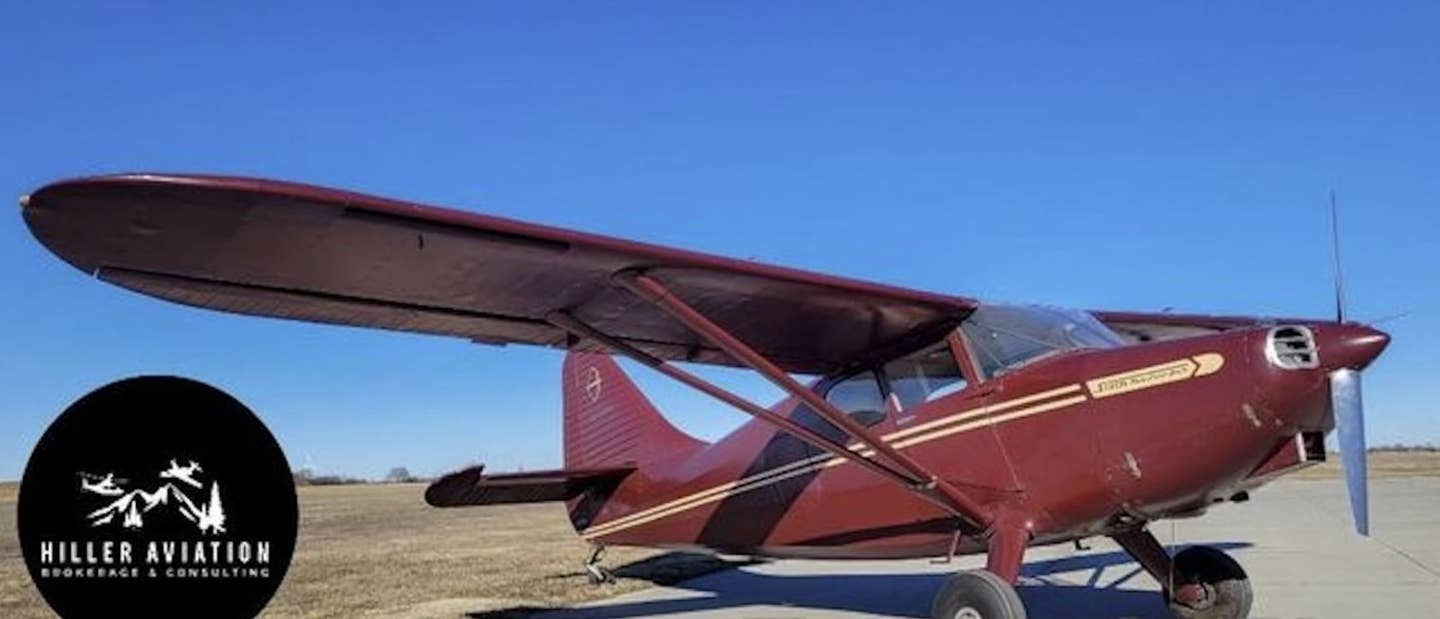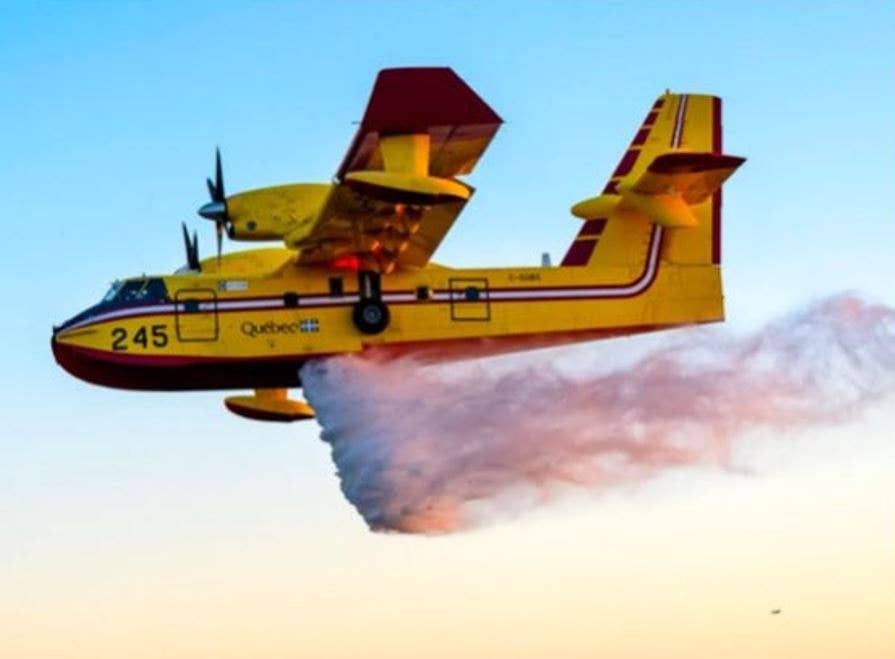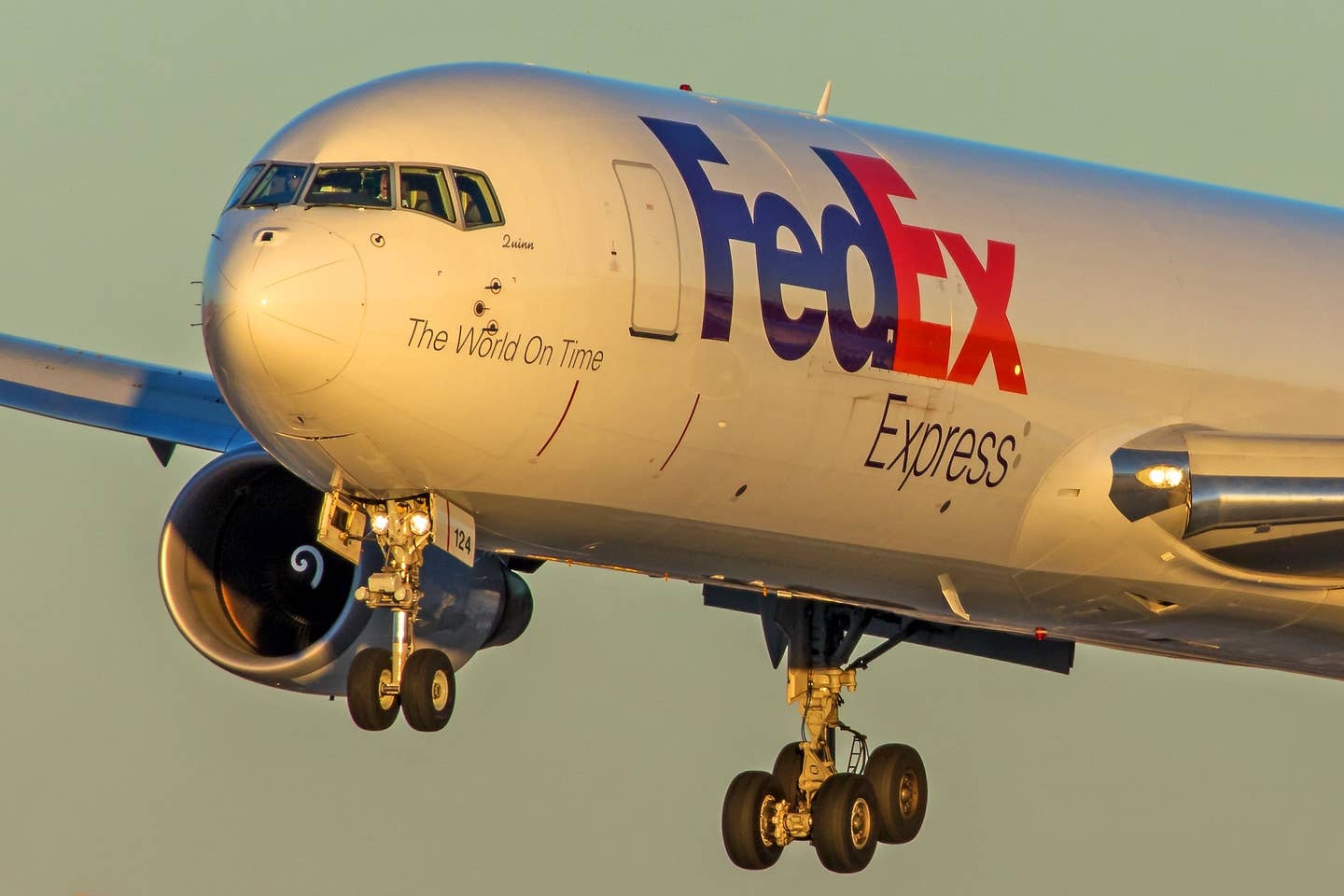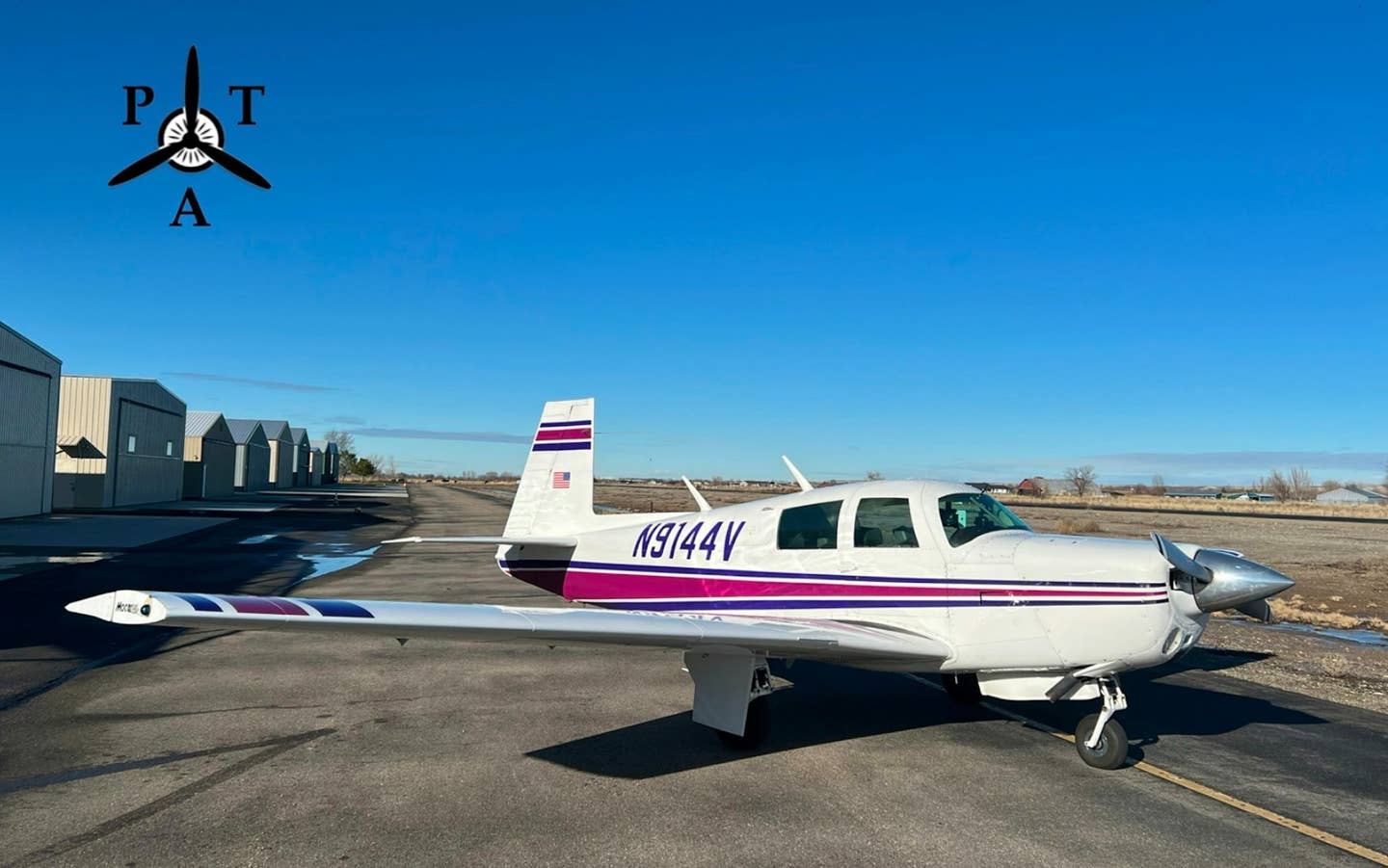
** Remos’ GX is OK’d for night VFR, even for
the Private’s night-flying requirement.**
(October 2011) While I was training for my Sport Pilot certificate, there were several times after my instructor and I returned from a late-afternoon flight lesson when a sport pilot grad and another CFI would be next in line to take the Remos G-3 out for a lesson. A lesson that would clearly extend beyond the "end of civil twilight." When I asked my instructor about this, he told me the student was training for his private certificate. I knew that light-sport aircraft could be flown by private or higher-rated pilots, but until that moment, I hadn't given much thought to if I could train in an LSA for the private rating should I decide to pursue it.
As it stands, one can train for the private rating in an S-LSA if the manufacturer notes in the POH/operations manual that night VFR is permissible. To make this possible, the airplane has to be equipped with at least the instrumentation for night VFR, including upgraded anti-collision and position lights, and a landing light.
E-LSAs can be used for Private Pilot training too if they meet the above requirements, but the restriction here is that they can’t be used for compensation or hire. This means the airplane must be either owned by the student or, if owned by someone else, operated with no charge for the use of the aircraft.
So why would someone going for a private certificate train in an LSA versus a standard category trainer?
Cost. LSAs cost less to run, from fuel (you can operate them with the cheaper mogas, and even if using 100LL, fuel burn is less than that of standard category trainers) to airplane rental (about $100 per hour for a decked-out one compared with about $140 for the least expensive standard category trainer equipped with glass).
Technology. Most of the S-LSAs are outfitted with the latest, from glass cockpits to ballistic parachute systems.
Continuity. Sport pilots seeking the private rating can continue to train in the LSA in which they received their sport pilot training — if it’s night VFR approved, of course — thus eliminating the extra time and cost for transition training.
LSAs might not be the airplane of choice for everyone, but when considering the type of airplane in which you want to get your private instruction, it’s good to know there are options.
>>> Each month, Flying brings Sport Pilot/Light Sport Aircraft content to its readers with assistance from the Experimental Aircraft Association (EAA), the authority on amateur-built aviation and the Light Sport category. For more information, visit EAA’s sportpilot.org.

Sign-up for newsletters & special offers!
Get the latest FLYING stories & special offers delivered directly to your inbox

